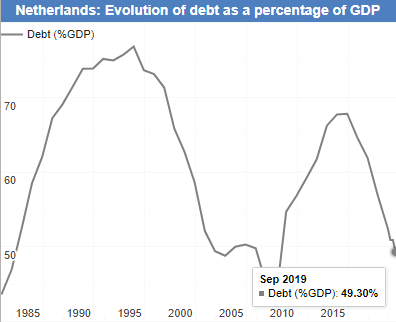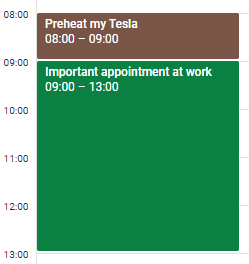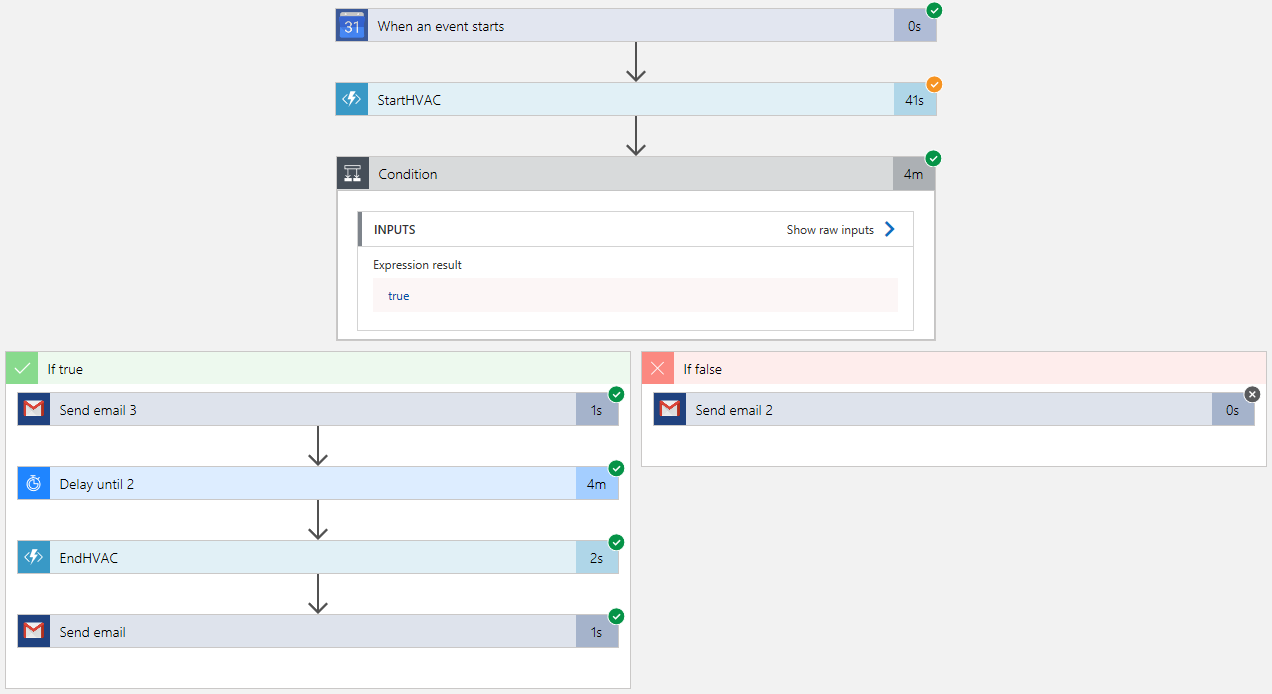This blog is just based on my own opinion, as a software engineer I do not have the qualifications to have a professional one.
The situation
Corona has arrived. The world has dodged the bullet with SARS and MERS, but the third time seems to be the charm, and a pandemic is rolling around the globe as I type this. Corona isn’t like the zombie virus from the movies, it’s closer to a standard influenza flue, except that the human world population has never encountered it before and thus no one has any immunity. The infection rate is higher than that of influenza.
Let’s examine some rough numbers, they don’t need to be exact for the point I want to make. Experts seem to agree that 60-70% of all people will get the corona virus. Given a country like the Netherlands with just over 17 million people, that will mean around 11 million people. About 80% of those will only get mild or moderate symptoms, which can go away in 3 days, but can also last up to two weeks. In any case no hospital care is required. It’s the remaining 20% that is the cause for alarm, because those need medical care. And with 11 million infected people, that would mean over 2 million people will be in the hospital. But our country only has 37.000 hospital beds. Total.
Now, those two million people will not become sick all at the same time, but assuming the severe cases are sick for two weeks, than we have 4 million hospitalbed-weeks to handle. This means that given the current capacity, we need 108 weeks worth of these 37.000 beds. Or in other words: we need to spread out the sick people over more than two years. And that is at 100% hospital capacity; there is no room for anything else in the mean time; no accidents, no cancer, no nothing.
Okay… So that is not going to work out. At all.
(more…)








